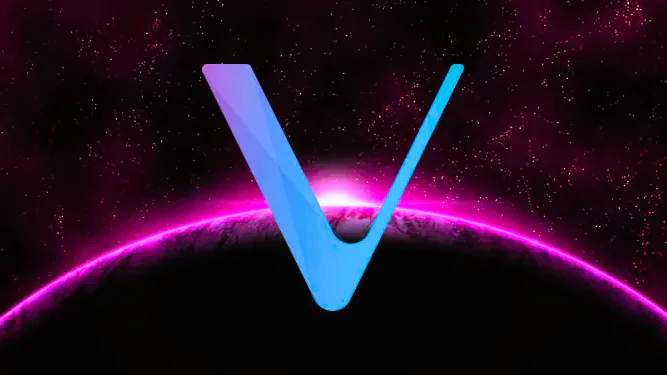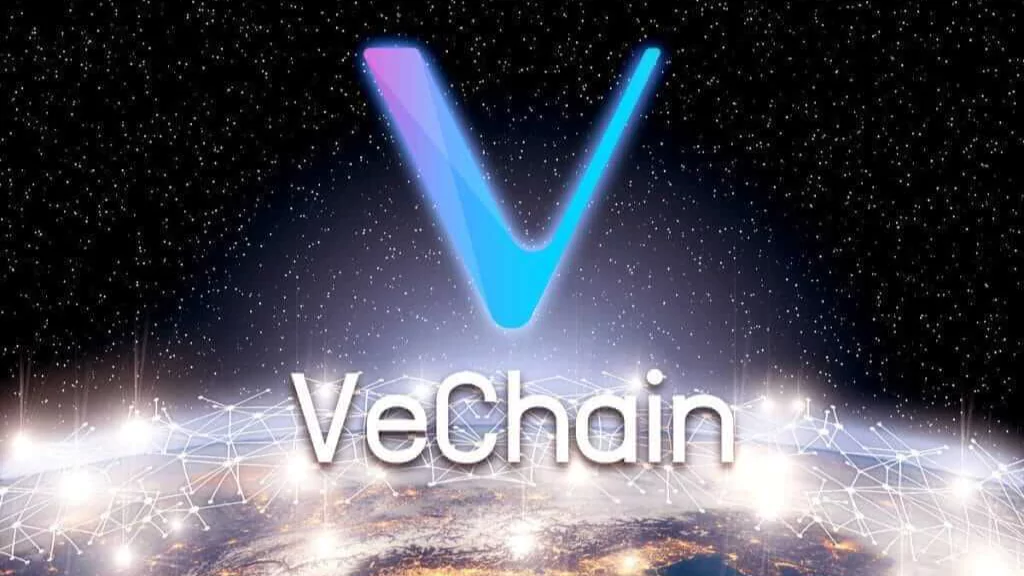
About Vechain(VET)
VeChain (VET) is a large enterprise-level L1 smart contract platform.
VeChain started in 2015 as a chain of private consortia, working with many companies to explore blockchain applications. VeChain will begin its transition to the public blockchain in 2017 using the ERC-20 VEN token, before launching its mainnet in 2018 using the VET token.
VeChain aims to use distributed technology and the Internet of Things (IoT) to create an ecosystem that solves key data barriers for many global industries, from healthcare to energy, food and beverage. sustainability and the goals of the SDGs. By harnessing the power of trustless data, VeChain is building a digital backbone that will support the fourth generation revolution, which requires real-time, trustless data sharing among multiple participants. .
The platform uses two tokens, VET and VTHO, to manage and generate value based on its public veChainThor blockchain. VET generates VTHO and acts as a store of value and a mechanism for transferring value. VTHO is used to pay for GAS bills, eliminating the need to spend VET when writing data.
This has the added benefit of ensuring that the cost of network usage can be stabilized by changing some variables such as the number of VTHOs needed to complete a transaction, or by increasing the number of VTHO generations. Actions like this first require a community vote by all stakeholders. VeChain has been able to demonstrate high efficiency, traceability and transparency in data paths, supply chains and in new types of ecosystems, such as those in San Marino targeting the SDGs United Nations, among others.
History of VeChain
VeChain was founded in 2015 by Sunny Lu, the former Chief Information Officer (CIO) of Louis Vuitton China. It started as a subsidiary of Bitse, one of China’s largest blockchain companies, and is one of the few blockchains that already has a large customer base among established companies. Originally, the VEN token ran on the Ethereum blockchain. VeChain switched to its own blockchain and rebranded in 2018. As part of the rebranding, the VEN blockchain became the VeChainThor (VET) blockchain.
The purpose of the VeChain blockchain platform is explained in its white paper. Its primary goal is to disrupt the supply chain industry by making data more efficient and transparent. It plans to be a leader in dApps and an initial coin offering (ICO) made using VeChain, as well as being an intermediary in the Internet of Things (IoT). VeChain has signed several partnerships with several companies over the years to help achieve this goal.
Among them, an agreement with PricewaterhouseCoopers (PwC) for a solution based on VeChain’s blockchain that will be used by financial industry clients to improve product verification and traceability. VeChain has also partnered with Renault, creating, in collaboration with Microsoft and Viseo, a digital vehicle service registry and official technology partner of Gui’an, an economic development zone for the Chinese central government.
What is VeChain (VET) and how it works

VeChain is an intelligent, contract-based blockchain designed to improve the supply chain and accelerate the adoption of blockchain technology.
The main characteristics of blockchain technology, including decentralization, immutability, transparency, and automation, have shown that they can be used in many cases for different businesses. However, due to the cost of building and maintaining blockchain-enabled applications, it can be difficult and expensive for companies to fully realize its benefits.
With the adoption of distributed ledgers, many projects have made efforts to lower the barriers to entry. VeChain is a blockchain platform designed to promote the widespread use of blockchain technology. One of the biggest problems facing companies that provide services to customers is the lack of transparency, which blockchain seeks to solve by allowing companies to interact directly without third parties. It also helps share data between stakeholders and supports the growth of financial services and logistics.
Meta-transaction features
For corporate adoption, VeChain’s meta-business strategy, as shown below, helps make development more user-friendly:
Multi-member billing: The freemium version of the free app is supported by a flexible transaction fee system to effectively onboard users. With VeChain’s new financial agent protocol, companies can have smart contracts and designated gas accounts to manage the gas costs required to use the network.
Controlled transaction cycle life: Users can set how long a transaction will execute or expire if it is not included in the block using the Transaction Expiration field in BlockRef. Multitasking Transactions: Developers can group costs, including multiple calls and multitasking tasks in a single transaction, and manage the call flow using multitasking atomic transactions. Transaction Dependency: Users can specify a basis to prevent a transaction from being executed until the necessary transaction is completed, ensuring that the execution process meets the transaction’s needs.

